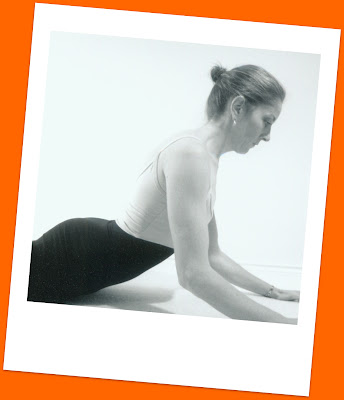Flexibility is one of the major components of Fitness training but it is often overlooked and undervalued. It is defined as the ROM (Range of Motion) of a given joint or group of joints or the level of tissue extensibility that a muscle group possesses. Tight or strained muscles can be very frustrating and limiting but several studies show that flexibility can be improved at any age.
What defines or limits Flexibility
- Joint Capsule- The flexibility is broken down to 47% coming from the muscles and their facial sheaths, 41% coming from tendons, 10% from skin and 2% coming from other factors.
- Age-With age there is a loss in elasticity in connective tissue but can be improved and maintained at any age.
- Gender-Women tend to be more flexible than men.
- Connective Tissue-Fascia and Tendons-Have some elastic properties.
- Ligaments-You don’t necessarily want to stretch these because they don’t stretch back and you compromise the integrity of the joint.
- Muscle/Hypertrophy-Excess muscle mass may inhibit range of motion
- Type of Joint-Each articulation has different ranges. Ex: Hip joint (Ball and Socket) will have more range of motion than your elbow joint (Hinge Joint)
- Temperature-The warmer the joint the better it moves
- Pregnancy-Women produce a hormone called relaxin which allows more flexibility.
- Exercise History-Sedentary people will tend to have less ROM than those who move with great ranges of motion.
- Body Types-Some studies have shown longer levers (arms, legs, torsos) to have different ranges of motion but not limited to decreased movement.
Stretching Guidelines
- Adequately Warm Up
- Design Program-Do Daily
- Stretch all major muscle groups-Some may need to be stretched in different directions and planes of movement
- Focus on Alignment
- Stretch after each major workout
- If pain-Stop immediately
- Breath-
- Relax- don’t strain
- Hold 15-60 seconds 3-4 times (Static, passive, PNF,and Myofascial)
Types of Stretching
- Passive-Requires an outside force like a towel or person to help facilitate stretch.
- Active-Moving with control through range of motion. Rehearsing movements to come later with greater force.
- Static-Taken to the point of gentle tension, 15-60 seconds, 3-4 times
- Dynamic/Ballistic-More movement specific. Geared towards movements that require great ROM at great speeds. Ex. Dancer jumps and leaps or Volleyball Player shoulder movement.
- PNF (Proprioceptive Neuromuscular facilitation)-Proven very effective. Some initial specific training involved but can eventually be done individually or with trainer.
- Myofascial Release-Small continuous movements on foam roller or tennis ball covering 2-6 inches for 30-60 seconds to realign elastic muscle fibers from bundles position.
Benefits of Stretching
- Increase ROM
- Improved Posture
- Improved Muscle Symmetry
- Improved Muscle Efficiency
- Improved Muscle Performance
- Maintenance of muscle length
- Decrease risk of Injury
- Decreased incidence and severity of injury
- Decrease in back pain
- Decrease in DOMS (Delayed Onset of Muscle Soreness)
Please try and incorporate stretches into your daily routine. As you can see the benefits are worth it. I not just saying this for you but I need a reminder myself. I know I feel better when I stretch.




No comments:
Post a Comment